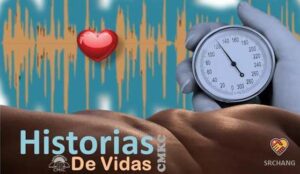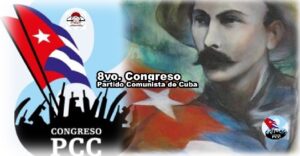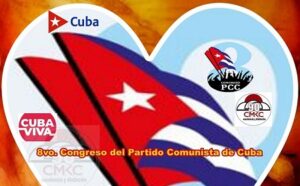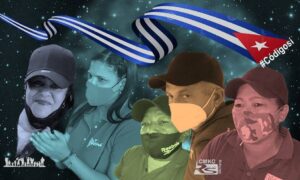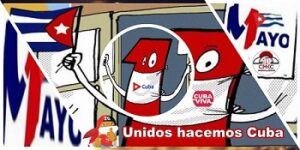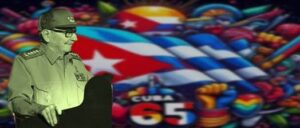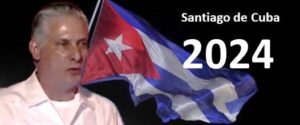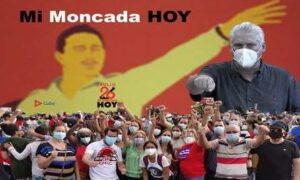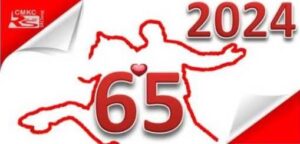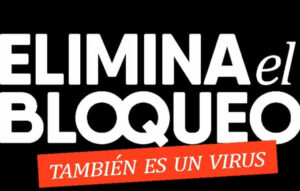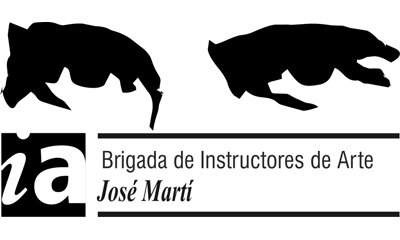

Por: Yailén Aguilar Rodríguez
CMKC Radio Revolución.- Un verano desde las comunidades propicia la Brigada de Instructores de Arte José Martí en Santiago de Cuba.
Los mensajeros de la cultura se apoyan en las diversas manifestaciones artísticas para garantizar una recreación sana en la que pueden involucrarse todos los grupos etarios.
Instructores de arte apoyan donde sea necesario ante la covid-19
De conjunto con el sector educacional y el sistema de casas de cultura la vanguardia juvenil decide dejar huella en el imaginario popular contagiando a todas las personas con sensibles muestras de talento.
«Jose Marti” Art Instructors Brigade
It is a cultural movement composed of art instructors created by Commander Fidel Castro Ruz on October 20, 2004 baptized as the «Jose Marti” Brigade of Art Instructors (BJM) whose main objective is to upgrade the cultural level of all Cubans.
This Program of the Revolution was led in its first years by the Young Communists League and simultaneously the sectors of culture and education.
Participa Santiago de Cuba en taller por redes sociales sobre experiencias de instructores de arte
On April 14, 1961, the First National School of Art Instructors (ENIA in Spanish) was inaugurated in Cuba. This first ENIA was created at the same time the country carried out the National Literacy Campaign in the midst of the Cultural Revolution that took place throughout the island. ENIA graduates were to channel the skills and vocations for art of students, workers, farmers and housewives.
In the 1970s the strategy to be followed by the Cultural Policy of the Revolution alternated with the opening of the ENA and ENlA enrollment (according to the needs of the country). In the 1980s Cuba was facing an adverse reality, an important part of the young ENIA graduates had abandoned their work as Art Instructors, many because they had become professional artists. It was decided to create the EPIA (Provincial Schools of Art Instructors). Each province outlined its strategy to graduate the technical force needed in the community houses. https://www.youtube.com/embed/HxrGiKM5mOw?enablejsapi=1&autoplay=0&cc_load_policy=0&iv_load_policy=1&loop=0&modestbranding=0&rel=1&fs=1&playsinline=0&autohide=2&theme=dark&color=red&controls=1&
At the end of the 80s and part of the 90s the ENIT (National School of Theater Instructors) was created and developed.
The Special Period in the 90’s, as in so many spheres, affected culture, and the schools that trained Art Instructors disappeared, with the exception of ENIT.
The exodus of graduated instructors who, for economic reasons, were removed from the National System of Community Houses affected one of the most important achievements of the cultural policy of the Cuban Revolution and the most precious fruit in the work of the instructors: the Movement of Amateur Artists.
In the year 2000 the Commander in Chief Fidel Castro, heading the Working Group of the Battle of Ideas, approved the creation of the new Schools of Art Instructors (EIA) and also guided that in a parallel way in each province they would offer courses for working.
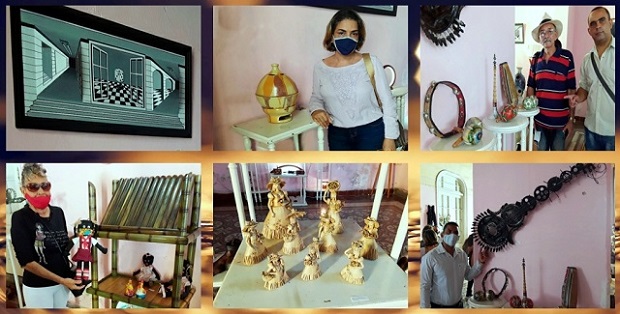
These technicians were paid as cultural promoters or were amateur artists of notorious quality who entered the community houses replacing non-qualified instructors. In 2004 the First Graduation of the EIA took place. Commander Fidel Castro Ruz, on October 20, 2004 at the «Che» Guevara Square (Santa Clara) officially inaugurated the “Jose Marti” Brigade of Art Instructors (BJM).

